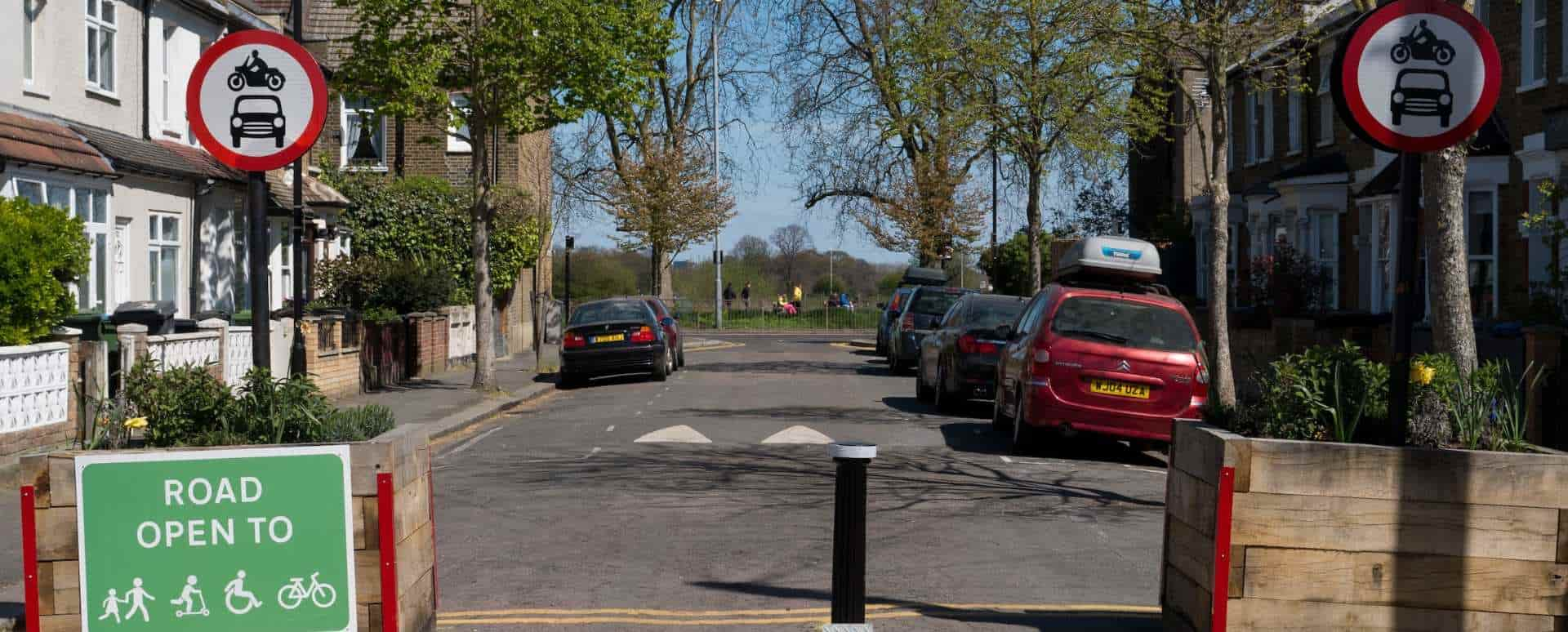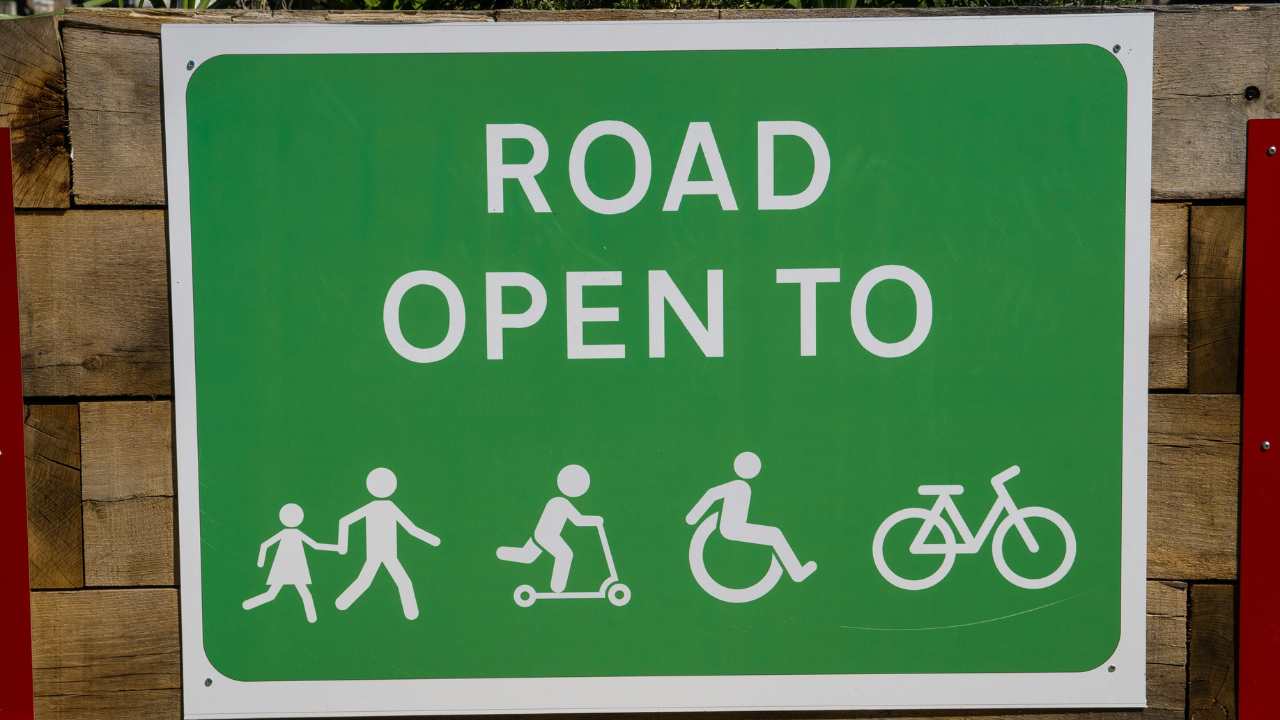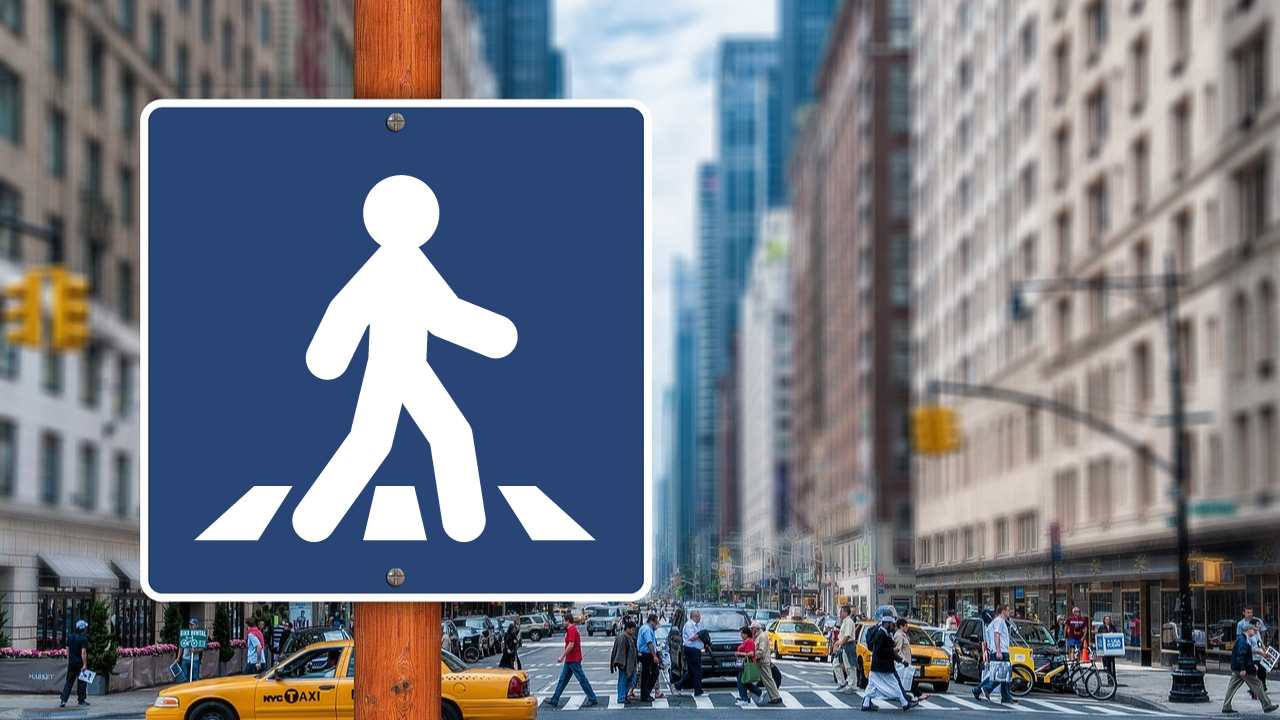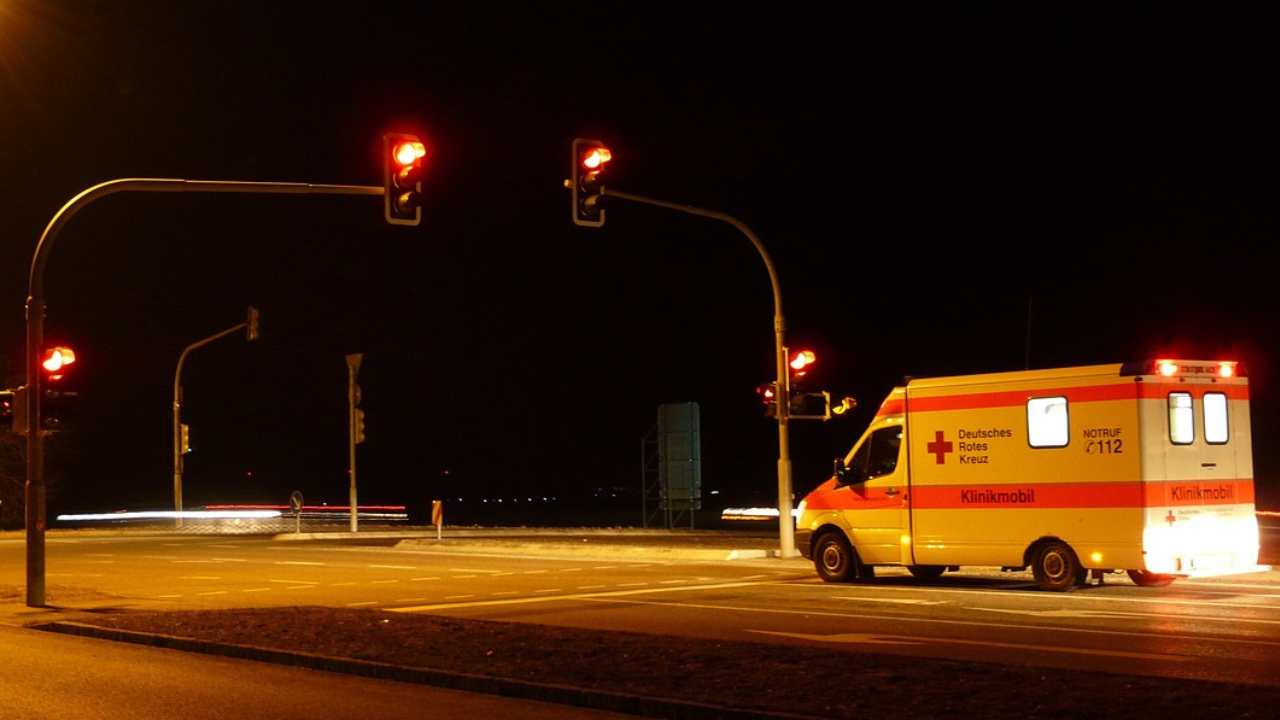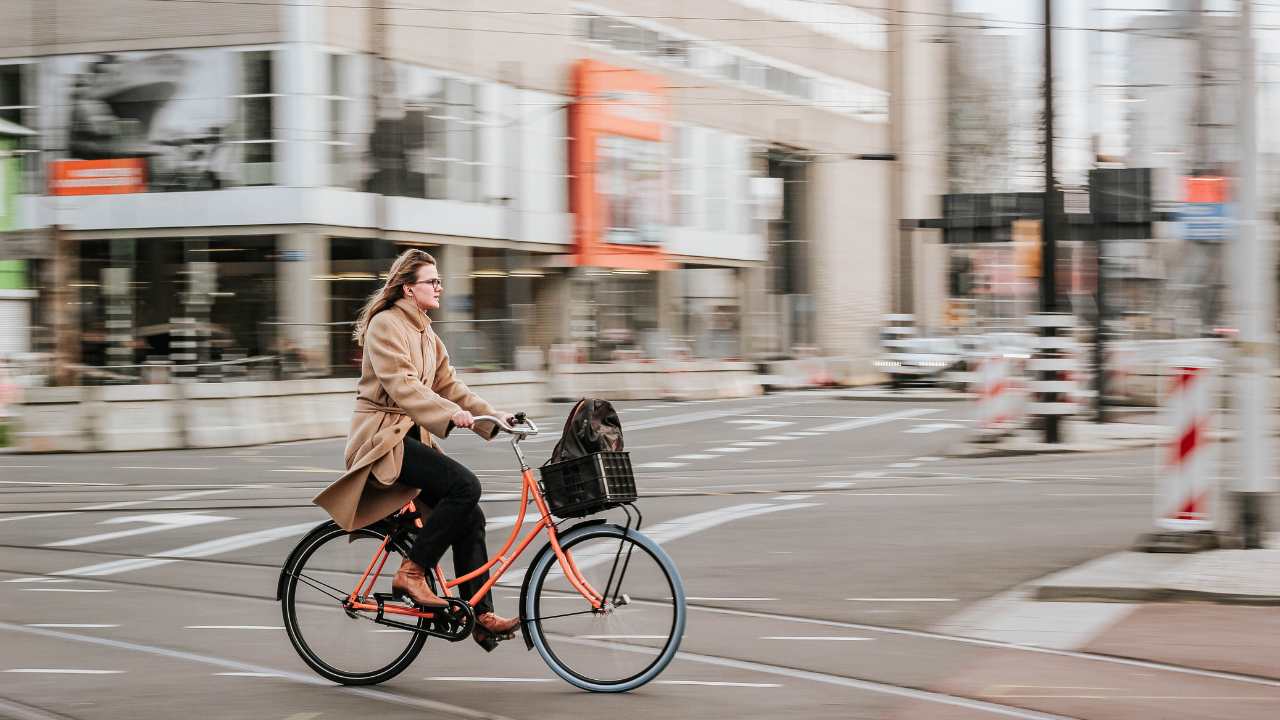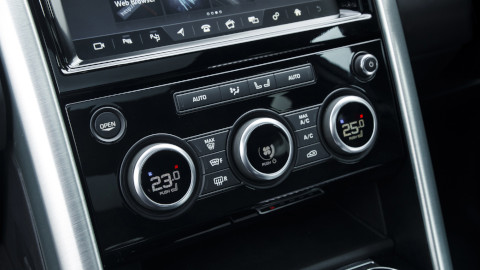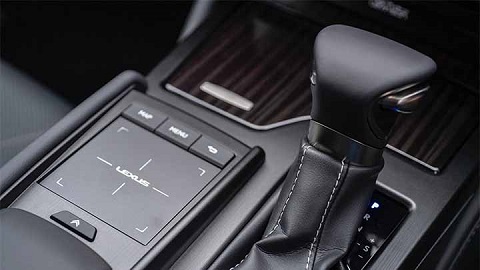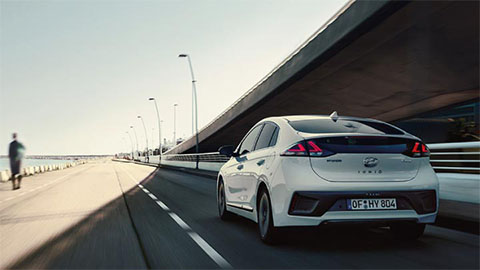Low Traffic Neighbourhoods
Traffic has significantly increased in residential areas over the past few years. Due to large disruption, the government has introduced the Low Traffic Neighbourhood scheme, also known as LTN.
This scheme looks to decrease the amount of cars circulating and increase the movement by pedestrians and cyclists. This article will guide you through the main reasons why LTNs are important, the goals the government want to achieve with this initiative, and the potential fines you may face.
Contents
- What are low traffic neighbourhoods?
- How can you identify a low traffic neighbourhood?
- Are low traffic neighbourhoods permanent?
- Disadvantages of low traffic neighbourhoods
- Advantages of low traffic neighbourhoods
- Fines for travelling through low traffic neighbourhoods
What are low traffic neighbourhoods?
The low traffic neighbourhood (LTN) scheme was created due to the increased traffic in residential areas which resulted in increased CO2 emissions. This initiative aims to minimise carbon dioxide emissions by creating a safer area for people to go to their destinations by foot or bicycle.
Even though this idea was created and implemented in the 1970s, the LTNs received mass funding during the pandemic and became part of the Mayor of London’s plan to make the city a healthier, cleaner, greener and more inclusive place by 2041. Most LTNs can be found in the capital, but they’re not limited to London. Similar schemes have been implemented in Birmingham, Manchester, Newcastle, Oxford and Sheffield.
How can you identify low traffic neighbourhoods?
The main goal of a low traffic neighbourhood is to decrease the number of cars, vans and any other motored vehicle from using quiet roads as shortcuts. Barriers, road signs and planters will have been installed to prevent vehicles from entering the pedestrian and cyclist zones.
It’s important to be vigilant to not make the mistake of entering an LTN as most of them use automatic number plate recognition cameras and breaking this rule could result in a fine.
Are low traffic neighbourhoods permanent?
Most of the neighbourhoods chosen had the LTN scheme introduced as a temporary measure. This trial period allowed the government to collect data around the possible benefits and the impact this scheme would have on people’s lives.
Due to the positive results provided by the LTN trial, many communities were turned into low traffic neighbourhoods permanently.
Disadvantages of low traffic neighbourhoods
Although the results provided by the initial trials of LTNs zones, there are some disadvantages that should be taken into consideration.
The main argument against low traffic neighbourhoods is that the vehicles that once used those roads will be diverted to other parts of the city. Other neighbourhoods may not cope well with the increased traffic, which could cause disturbance to people who live there.
Another area for debate surrounds the barriers installed, which prevent vehicles larger than a bike getting through. This means that emergency services, such as the police or an ambulance, can’t reach their destination as fast as they used to.
Finally, if you aren’t familiar with the area and need a sat nav to navigate around the neighbourhood, you may get lost. Some sat navs don’t recognise LTNs and will include them when creating the route to the input destination. This could mean people will have to circle around trying to find another way to get to their destination, causing delays.
Advantages of low traffic neighbourhoods
Most side roads weren’t designed to receive a lot of traffic. These roads aren’t equipped with traffic lights to cross the road safely, and often they don’t have enough room for a vehicle to take over another or for people to cycle.
By making these roads inaccessible to motored vehicles, the aim is to decrease the number of accidents and deaths caused by a vehicle and a pedestrian and cyclists. The current statistic shows that more than 80 percent of deaths on London’s streets are people walking, cycling or on motorbikes.
Blocking the roads makes it impossible for vehicles to get through, encouraging people not to use their car for short distance journeys and to run their errands by foot or bike, which will help improve people’s health.
Neighbourhoods where traffic has been removed or relocated has shown an impressive improvement in the air quality. This should also help better people’s health, as they won’t be inhaling as much pollution as they were before.
Fines for travelling through LTNs
If you’re caught driving through an LTN you could be issued a fine of up to £130. Stay alert when driving in the city and make sure to read all the road signs before turning somewhere you aren’t familiar with.
Find more tips with Evans Halshaw
The low traffic neighbourhood scheme was reintroduced in the UK during the pandemic, aiming to reduce CO2 emissions and to create a healthier and cleaner environment for people to live in. Driving through those areas is illegal, and you could get fined.
You can find more driving tips at Evans Halshaw blog, where you can learn everything from maintaining your vehicle to pro tips on buying or selling one.

